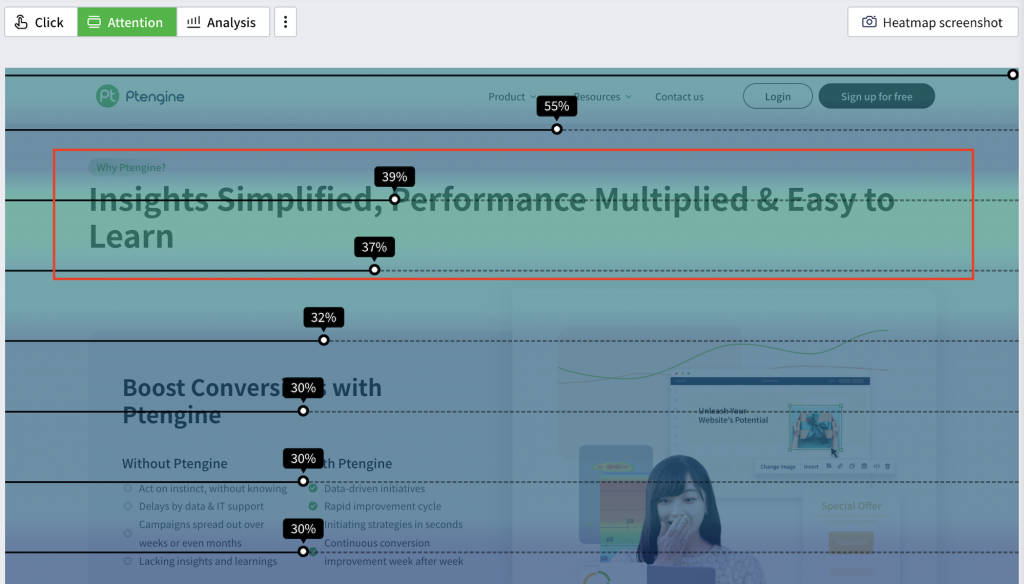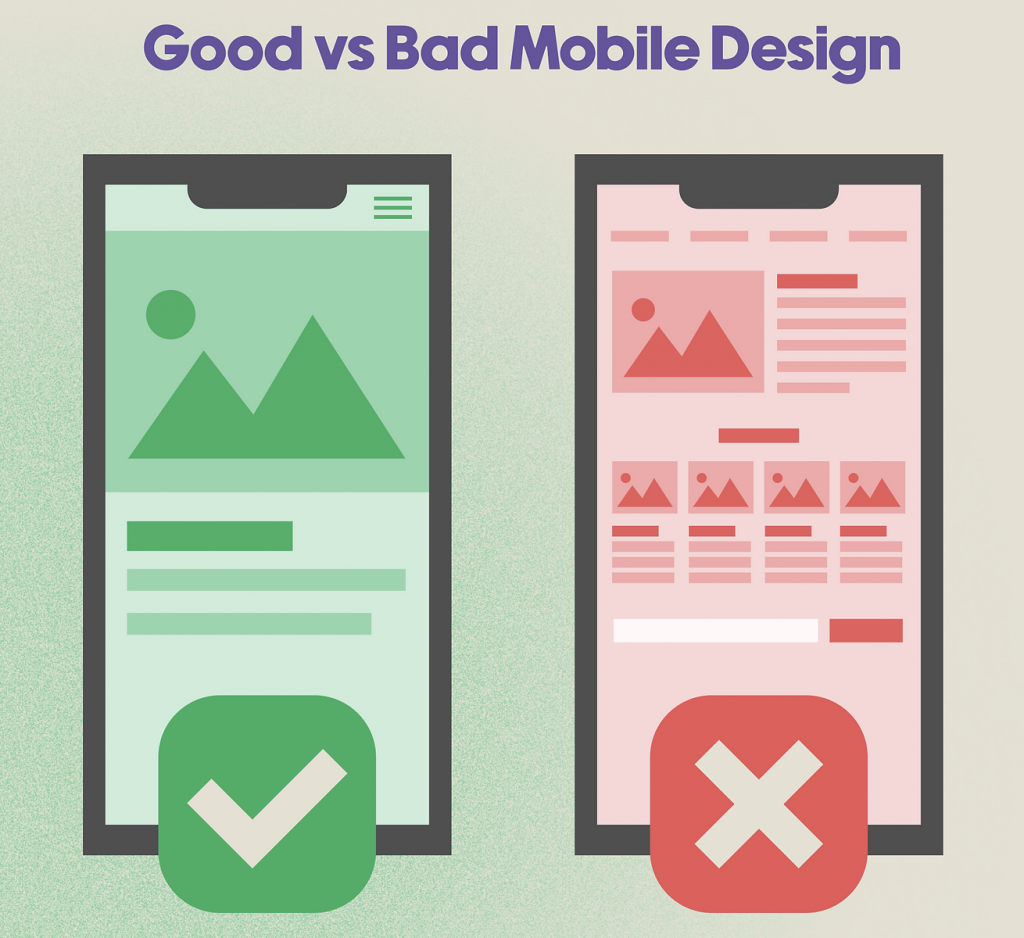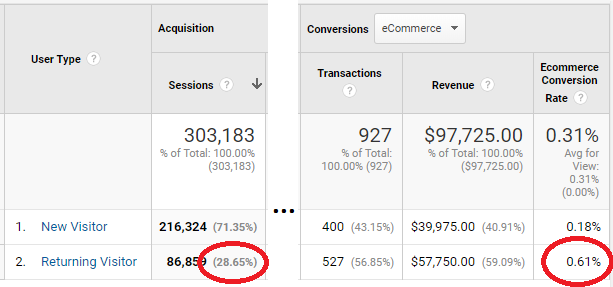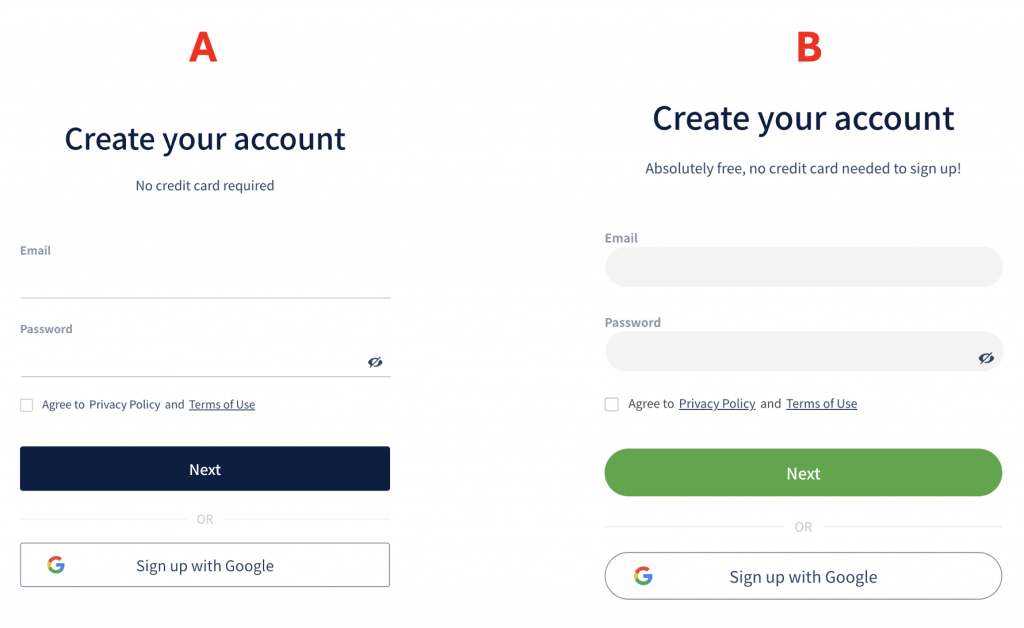blog»Data»5 Mistakes to Avoid in Web Analytics

5 Mistakes to Avoid in Web Analytics
2024/05/13
You can read this article in about 24 minutes
Introduction
Understanding how your website performs isn’t just about counting visitors. It’s about diving deep into how each visitor interacts with your site. Web analytics are the compass guiding you through the ocean of online data, helping you to not just survive but thrive in the competitive digital marketplace. However, as with any powerful tool, it’s easy to make a few mistakes that can steer you off course.
Many businesses, both large and small, fall into common traps when it comes to analyzing their website data. Whether it’s getting too caught up in vanity metrics that look good on paper but tell you little about your actual performance, or neglecting the wealth of insights that come from understanding mobile user behavior, these oversights can have real consequences. From poor user experiences to missed conversion opportunities, the stakes are high.
This isn’t about pointing fingers. It’s about paving a smoother path. In this article, we’ll explore the top five mistakes to avoid in web analytics. Our goal is to help you use your data not just as a report card, but as a roadmap to real, measurable success. By the end, you’ll be better equipped to harness the full potential of web analytics to optimize your site’s performance and achieve your business objectives.
Get ready to turn data into your most valuable ally.
Mistake #1: Ignoring User Behavior Patterns
The Problem:
Many businesses collect web analytics data but fail to delve into user behavior patterns that reveal how visitors interact with their website. Ignoring metrics like bounce rates, exit pages, session duration, and user flow can lead to missed opportunities in optimizing the user experience and improving site functionality.
The Solution:
To harness the full potential of analytics, it’s essential to focus on these behavior patterns. Employ tools like heatmaps to gain a deeper understanding of user actions, and then use A/B testing to validate and implement effective changes based on those insights.
- Implement Heatmaps: Start by setting up heatmaps on high-traffic pages to visualize where users click, scroll, and spend time. This data can help identify what attracts attention and what doesn’t.

- Conduct A/B Testing: Use the observations from the heatmap analysis to formulate hypotheses for improvement. For example, if a heatmap shows that users frequently ignore an important CTA because it’s placed in a low-engagement area, you can create two versions of the page—one with the current layout and one with the CTA placed in a higher engagement area. A/B testing these versions will tell you if the new placement leads to higher interaction and conversion rates.
Key Learnings:
- Direct Application of Insights: Using A/B testing to test changes based on heatmap data ensures that modifications are beneficial before they are fully implemented.
- Data-Driven Decisions: This approach helps transform qualitative insights into quantifiable data, allowing for smarter, evidence-based decisions about site design and functionality.
By actively analyzing user behavior patterns and validating your observations with A/B testing, you turn insights into effective actions. This not only improves the user experience but also enhances site performance, ensuring your website meets the needs and expectations of your visitors.
Mistake #2: Overlooking Mobile User Analytics
The Problem:
In today’s mobile-first world, overlooking the analytics of mobile users means missing out on insights from a significant portion of your audience. If your website analytics are primarily desktop-focused, you may fail to address issues that uniquely impact mobile users, such as unresponsive layouts or slow loading times, which can lead to high bounce rates and low engagement from mobile visitors.
The Solution:
Prioritize mobile analytics to ensure your website delivers an optimal experience across all devices. This includes analyzing mobile-specific data like tap targets, scroll depth, and interaction times. Use this data to drive A/B testing specifically tailored for mobile users to optimize navigation, speed, and overall user engagement.
- Analyze Mobile-Specific Engagement: Identify areas where mobile users interact differently than desktop users. Look for patterns in usage that could indicate issues or opportunities for better mobile optimization.
- Conduct Mobile-Focused A/B Testing: Based on your findings, test different versions of your mobile site. For instance, if analytics show that mobile users abandon a page quickly, test changes to the page’s layout, load times, or content placement to see which improvements retain users longer.

Key Learnings:
- Enhanced Mobile Experience: By focusing on mobile analytics and testing, you can tailor experiences that cater specifically to mobile users, improving satisfaction and conversions.
- Informed Optimization Efforts: Mobile-specific A/B testing ensures that changes are based on solid data, leading to more effective optimizations.
For more insights on optimizing mobile user experience and why it’s crucial, check out our article Optimizing the UX of Mobile Websites. This guide will help you understand the importance of mobile optimization and provide practical tips for enhancing your mobile site.
By not overlooking mobile user analytics and actively engaging in mobile-focused optimizations, you ensure your website is equipped to meet the demands of all users, enhancing both user satisfaction and business performance.
Mistake #3: Not Setting Specific Goals for Data Tracking
The Problem:
Many businesses embark on web analytics without clear objectives, leading to aimless data collection. This lack of direction not only consumes resources but also results in data that is difficult to translate into actionable improvements. Without specific goals, it’s challenging to determine the relevance of the data collected or how it can be utilized to enhance website performance and user experience.
The Solution:
Define clear, measurable goals for your analytics initiatives before diving into data collection. This strategic approach ensures that every piece of data gathered has a purpose and directly contributes to your business objectives. Here’s how you can set these goals:
- Identify Key Performance Indicators (KPIs): Decide what metrics are most important based on your business objectives. For example, if increasing conversions is your goal, track conversion rates, cart abandonment rates, and click-through rates on your calls to action.
- Use Data to Inform Business Strategies: Once you have established your KPIs, use them to guide your business strategies. This may involve A/B testing changes to see which strategies improve your KPIs.
- Regularly Review and Refine Goals: As your business evolves, so should your analytics goals. Regularly review your goals and data to ensure they remain aligned with your business strategies.
![Conversion Funnel Optimization: The Guide [2021] | Landbot](https://assets-global.website-files.com/5e42772e6a8cfd42a9715206/60a62c6d46745dbddc45c8de_609d1cbe3ef76568680a02f5_conversion_funnel-sample.jpeg)
Key Learnings:
- Purpose-Driven Data Collection: By setting specific goals, you ensure that the data collected is relevant and can be effectively used to make informed decisions.
- Improved Resource Allocation: Clear goals help prioritize analytics efforts, ensuring time and resources are spent on data that offers the most business value.
- Enhanced Decision Making: With specific KPIs, you can more accurately measure success and make adjustments that directly impact business outcomes.
By avoiding the mistake of not setting specific goals for data tracking, you enhance the effectiveness of your web analytics. This focused approach not only saves time and resources but also drives significant improvements in website performance and overall business success.
To understand why having specific goals is crucial, consider the insights you gain from different analytics platforms. Different tools can show varying results for the same metrics due to different data collection methodologies and focus areas. For an in-depth look at how data interpretation can vary between platforms such as Google Analytics and Ptengine, read our blog post on Understanding the Differences Between Google Analytics and Ptengine Data. This article will help you grasp why it’s important to choose the right analytics tools based on your specific goals and how data interpretation can affect your strategy.
By establishing clear and measurable goals, you can tailor your analytics setup to provide actionable insights that directly contribute to achieving your business objectives. This focused approach not only optimizes your data collection efforts but also enhances your ability to make strategic decisions based on solid, goal-oriented data.
Mistake #4: Failing to Segment Data
The Problem: Data segmentation is often overlooked in web analytics, leading many to analyze their data as one homogeneous block. This approach can obscure valuable insights about different user groups and their unique behaviors, preferences, and needs. Without segmentation, you’re likely missing opportunities to tailor your marketing efforts and website design to specific segments, potentially reducing effectiveness and ROI.

The Solution: Implement segmentation in your analytics to unlock deeper insights into various customer groups. Here’s how you can start segmenting your data effectively:
- Identify Segmentation Criteria: Begin by defining the criteria that are relevant to your business, such as demographic information, behavior patterns, source of traffic, and purchase history.
- Analyze Segmented Data: Use these criteria to segment your audience and analyze the data for each group. Look for trends and patterns that could inform targeted marketing strategies, product offerings, or content personalization.
- Implement Targeted Strategies: Based on your analysis, develop targeted interventions for each segment. For example, if one user segment predominantly visits your site at night, consider timing your marketing emails to coincide with their browsing habits.
Key Learnings:
- Enhanced Targeting and Personalization: Segmentation allows you to tailor your marketing and site content to better meet the needs of specific groups, enhancing user engagement and conversion rates.
- Improved Resource Allocation: By understanding which segments are most valuable or require more attention, you can allocate resources more effectively, maximizing ROI.
- Data-Driven Decision Making: Segmented data provides a more granular view of your audience, supporting more precise and informed business decisions.
For more insights into how effective segmentation can lead to discovering and capitalizing on niche markets, check out our detailed article: Mastering Niche Markets: Etsy’s Strategic Blueprint for E-commerce Growth. This article explores the strategic use of segmentation to dominate in e-commerce by understanding and catering to niche user behaviors.
By prioritizing data segmentation, you not only refine your marketing strategies but also enhance overall site performance, ensuring that all user interactions are as relevant and effective as possible.
Mistake #5: Neglecting A/B Testing Insights
The Problem: Neglecting A/B testing is a significant oversight in web analytics that can prevent businesses from optimizing their website effectively. Without A/B testing, changes are often based on assumptions rather than data, leading to less informed decisions and potential missteps in user experience and conversion optimization.
The Solution: Embrace A/B testing as a core strategy to validate changes and optimize your website’s performance. Here’s how to implement A/B testing effectively:
- Develop Hypotheses Based on Analytics: Use your existing data to identify areas for improvement and develop hypotheses for what changes might enhance performance. For example, if bounce rates are high on a landing page, hypothesize that a simplified design might retain visitors longer.
- Design and Execute A/B Tests: Create two versions of the element you wish to test (e.g., two different landing page designs) and run them simultaneously to a segment of your traffic. Ensure that your testing is statistically significant to draw reliable conclusions.
- Analyze Results and Implement Changes: Measure the performance of each version against your key metrics. Use the insights gained to make informed decisions about which version to implement broadly.

Key Learnings:
- Data-Driven Decisions: A/B testing allows you to make decisions based on data, reducing the risk associated with changes and ensuring that each modification improves user experience and conversion rates.
- Continuous Improvement: Regular A/B testing fosters a culture of continuous improvement, where every aspect of the website is optimized over time, leading to sustained growth and enhanced performance.
- Effective Resource Allocation: By identifying which changes yield the best results, you can allocate resources more efficiently, focusing on initiatives that have the most significant impact.
For a deeper understanding of how to harness the power of A/B testing for your e-commerce success, refer to our article Unlocking E-commerce Success: Ptengine and Effective A/B Testing Strategies. This guide provides comprehensive insights into structuring your tests, interpreting the results, and applying findings to maximize impact.
By integrating A/B testing into your regular analytics practices, you ensure that your website continually adapts and responds effectively to user needs and preferences, driving better outcomes and maximizing ROI.
Conclusion
Mastering web analytics is crucial for any website looking to improve its performance and user engagement. By avoiding these common mistakes—ignoring user behavior patterns, overlooking mobile analytics, not setting specific goals, failing to segment data, and neglecting A/B testing insights—you set the stage for more informed, data-driven decisions. Each of these areas offers unique insights that, when properly leveraged, can significantly enhance your understanding of your audience and the effectiveness of your site.
Remember, web analytics is not just about collecting data; it’s about translating that data into actionable strategies that drive real business outcomes. Stay curious, be methodical, and use the tools at your disposal to continuously refine and optimize your digital presence.
Don’t let these common mistakes hold you back. Sign up for a 14-day free trial of Ptengine today and unlock the power of web analytics, heatmaps, user segmentation, A/B testing, and content personalization. Start optimizing your website the right way and ensure you’re equipped to achieve greater success. Start Your Free Trial
With these practices, you’ll not only avoid common pitfalls but also unlock the full potential of your website to achieve greater success.